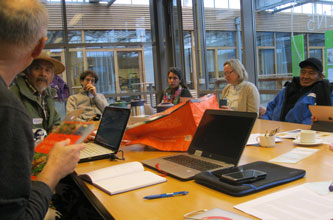 .
. 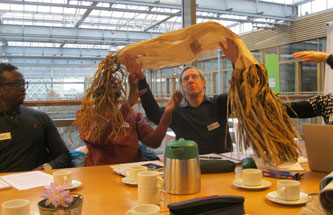 .
. 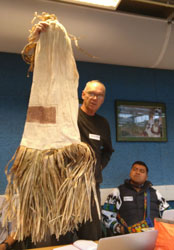
Sharing stories and objects
On 2-9 February, I went to The Netherlands to participate in a research meeting at Wageningen University organized by my good friend Sylvia Karlsson-Vinkhuyzen. Her research project for the Intergovernmental Science-Policy Platform on Biodiversity and Ecosystem Services (IPBES), the scientific advisory body to the Convention on Biological Diversity, is exploring how to find concepts and indicators of the values that indigenous peoples attach to nature and biodiversity, often in their spiritual conception of the world and peoples' place in it. Called "Make Visible", the aim is to broaden the Convention's approach to the relationship of people and nature to a wider range of conceptions than Western utilitarian or aesthetic perspectives. The meeting brought together researchers from a number of disciplines with representatives of indigenous groups, including a shaman and young woman from the Amazon, an elder and young lawyer from a tribe in Mexico fighting a mining company, a traditional fisherman from the Kenyan coast, and a woman from Kyrgyzstan. Four of the participants were Bahá'ís, which facilitated the exchanges combining scientific and spiritual viewpoints. In addition to building trust and sharing perspectives, the different groups drew pictures or diagrams of their relationship to nature and worldview, helping to make the spiritual dimension more explicit.
While I was there, I also spoke at an ebbf - Ethical Business Building the Future morning gathering in Utrecht, and visited Baha'i communities and their temple site (see separate page).
We started by telling our stories with some meaningful object or photo.
 .
.  .
. 
Sharing stories and objects
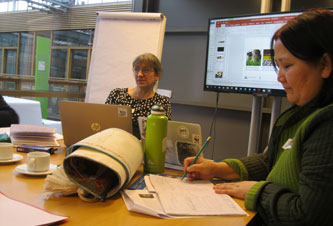 .
. 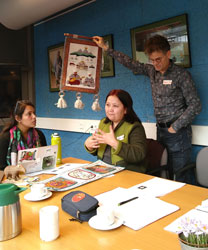 .
. 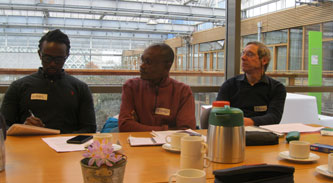
Sharing stories and objects from Kyrgyzstan, South Africa and Kenya
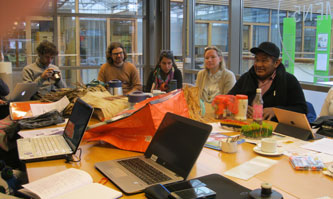 .
. 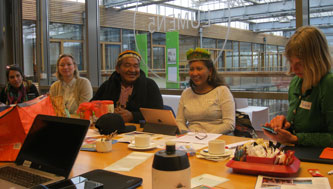 .
. 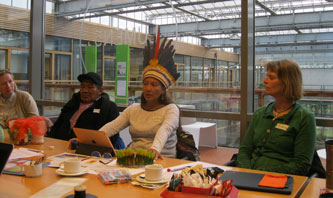
Headdresses from the Amazon
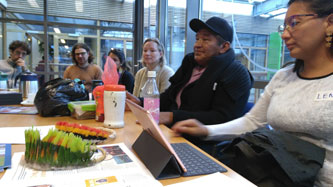 .
. 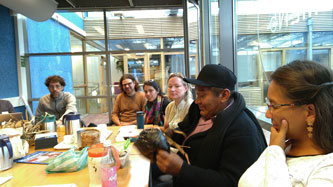 .
. 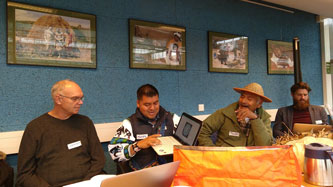
Amazon objects; Mexican stories
One morning was spent discussing values and concepts of nature
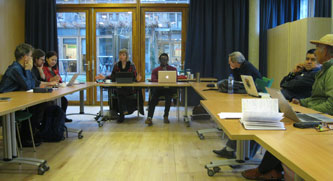 .
. 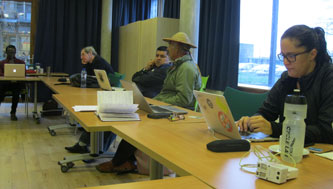 .
. 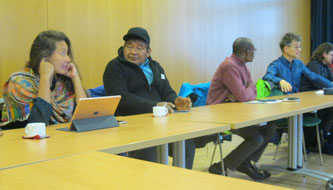
Discussing values
Then each cultural group prepared drawings expressing their relationship to nature and its resources
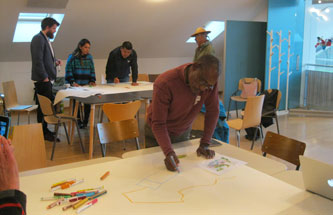 .
. 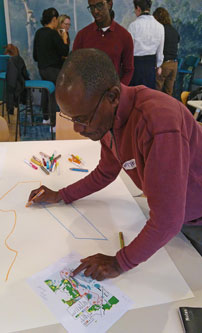 .
. 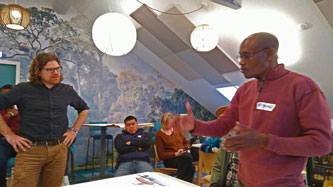
Drawing relations to nature
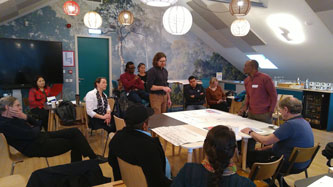 .
. 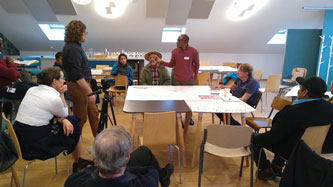 .
. 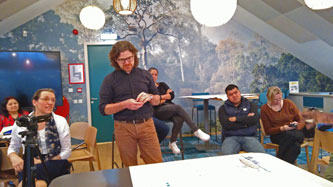
Drawing relations to nature
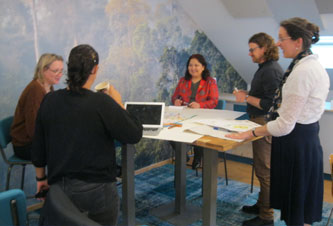 .
. 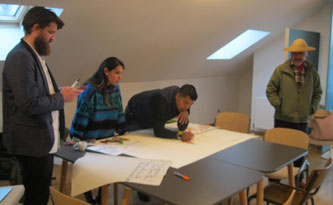 .
. 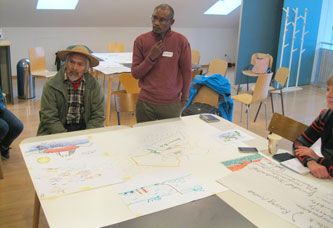
Drawing relations to nature
The drawings
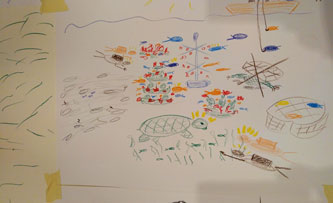 .
. 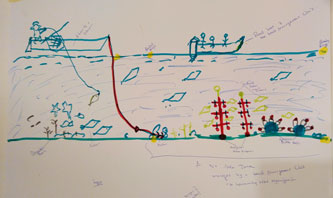 .
. 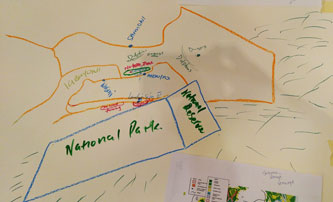
Kenyan reef fisheries management and restoration
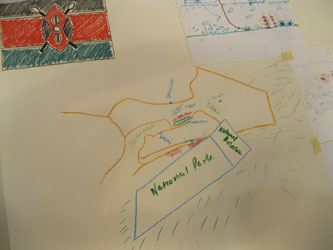 .
. 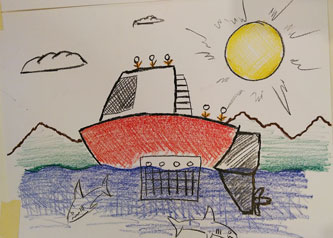 .
. 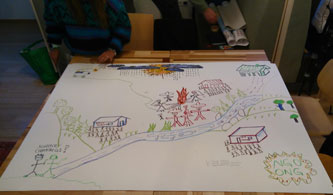
Kenyan reef management and protected areas; South African shark diving; tribe in Mexico fighting development
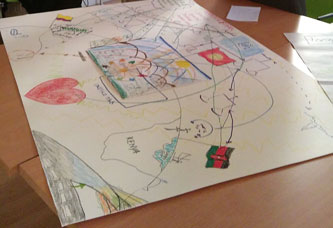 .
. 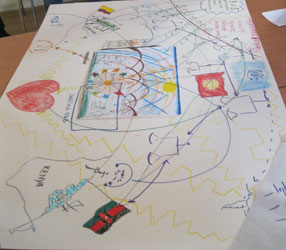 .
. 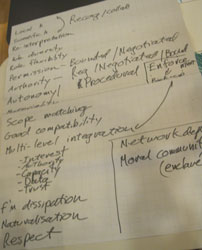
Relations to nature in Kyrgyzstan; diagram of concepts
The drawings provided the support to explain concepts, cosmologies and world views including nature
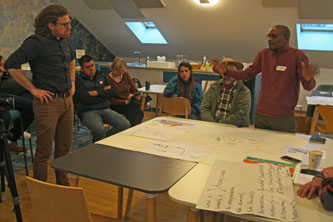 .
. 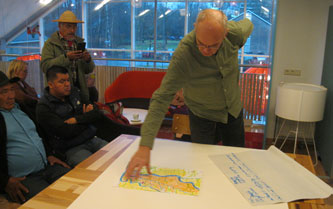 .
. 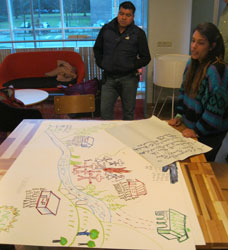
Explaining the drawings from Kenya, the Amazon and Mexico
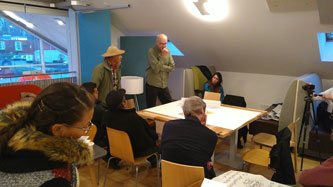 .
. 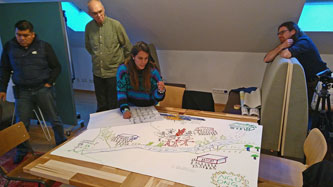 .
. 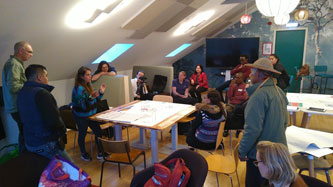
Explaining the drawings
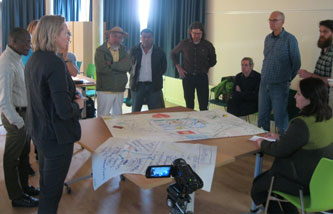 .
. 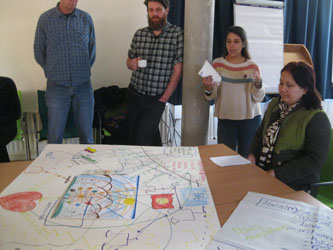 .
. 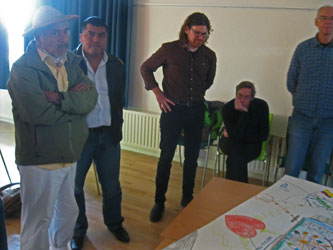
Explaining the drawing about Kyrgyzstan
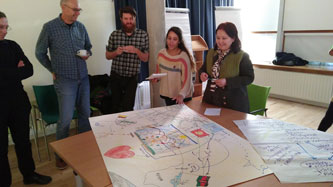 .
. 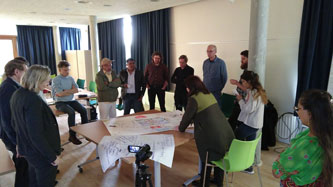 .
. 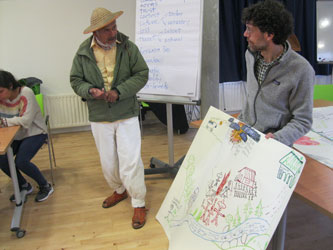
Explaining the drawings
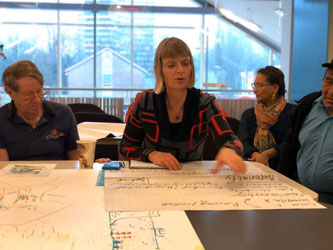 .
. 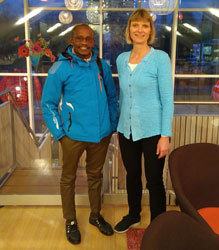
Kenyan team of fisherman and supporting researcher
Return to travel 2020 page - Return to personal home page
Last updated 20 February 2020
Photographs copyright © Arthur Lyon Dahl and Tinka Murk 2020